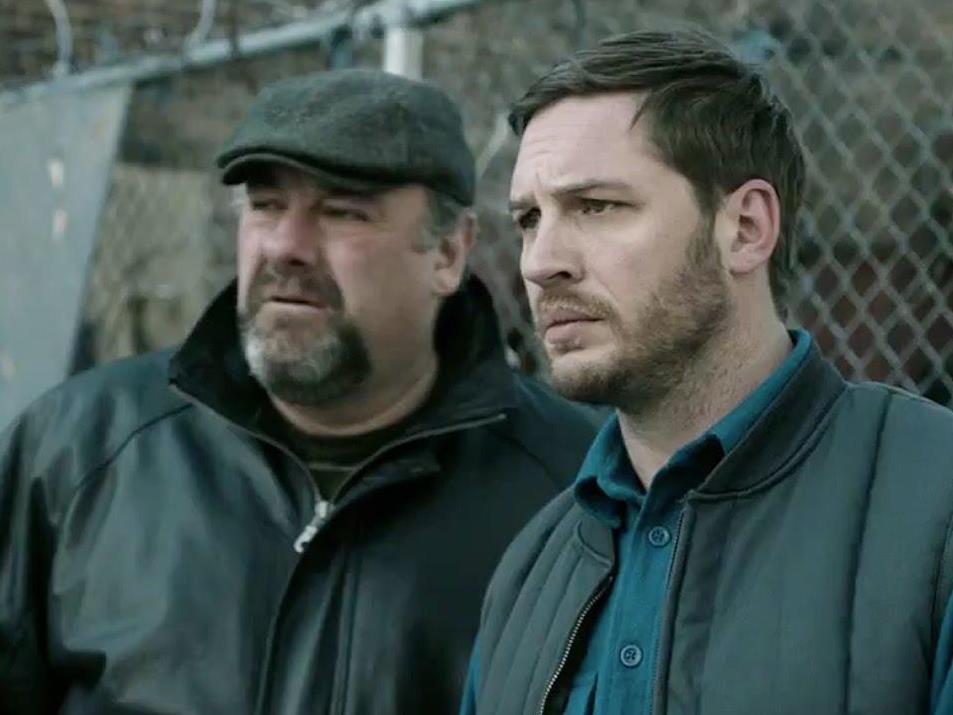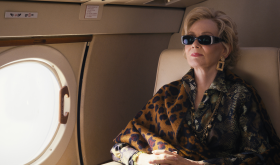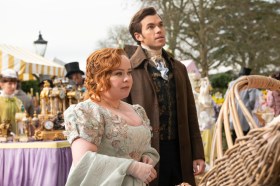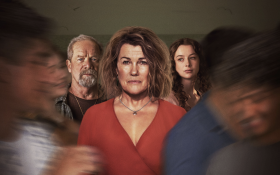Image: supplied
Sorrow ripples through The Drop, the kind of insidious sadness that inspires melancholy on screen and off. Its source is manifold, stemming from a story where pain and perseverance fuels difficult choices and characters shrouded by moral complexities, as well as the final film appearance of actor and co-star James Gandolfini. The latter, forever tragic and still feeling fresh, is weaved into an atmosphere of incessant unease. It is immediately apparent that happy endings aren’t the name of the feature’s game; surviving, whatever the sins committed, is the only outcome to hope for.
Gandolfini’s (Enough Said) Marv gives the film its primary setting, running a Brooklyn bar that was once his in name and in ownership, but has since been surrendered to local gangsters. He also gives rise to the feature’s protagonist, Bob (Tom Hardy, Locke), his employee, cousin, and unofficial enforcer. Trouble seems to stalk the twosome, whether in the form of a robbery that fleeces laundered mob money, or a beaten pit bull puppy that Bob saves from a garbage can. In the murky world they unwittingly inhabit, both acts – a theft that angers Chechen criminals, and a kindly rescue that also brings waitress Nadia (Noomi Rapace, Dead Man Down) into Bob’s orbit – have consequences.
Mystic River, Gone Baby Gone and Shutter Island novelist Dennis Lehane’s short story, Animal Rescue, provides the film with its narrative, with the author also writing the screenplay. As is common in tales borne of abridged material, there’s a sense of slightness to a plot that pieces together the usual crime elements of treachery, trickery, brutality and betrayal. Further painting by the numbers, a nosy neighbourhood cop (John Ortiz, Fast & Furious 6), a hapless wannabe thug (James Frecheville, Adoration) and a blackmailing former boyfriend (Matthias Schoenaerts, Rust and Bone) add layers of complication.
Alas, what The Drop lacks in surprise and density, it boasts in mood. In his English-language debut after the Academy Award-nominated Bullhead, Belgian director Michaël R. Roskam makes plain the unhappiness that drives his characters in what amounts to a slow-burning dissection of desperation and vulnerability. Accompanying symbolism, particularly centred on the cute pooch that sparks Bob and Nadia’s tentative bond, is less effective, but feeds into a textured effort evoking both contemplation and carnage. The noirish look cultivated by cinematographer Nicolas Karakatsanis, also a Bullhead alum, offers a visual manifestation of the festering darkness.
In a movie made to lurk in the shadows, much of the feature’s sombre temperament also springs from its cast. Hardy may have made his mark playing brash and bold in Bronson, Warrior and The Dark Knight Rises, but it is his quieter control that proves arresting in its intensity, and makes Bob a convincingly intricate creation that defies expectations. His shared scenes with Schoenaerts, the film’s other brooding star, similarly simmer with primal power, whilst his interplay with the wounded subtlety of Gandolfini and the fearful timidity of Rapace afford the film a tense yet thoughtful dynamic. In a crime effort that ultimately works best as a character study, their combined performances epitomise the type of devastating disquiet The Drop expresses beyond its average material.
Rating: 3 stars out of 5
The Drop
Director: Michaël R. Roskam
USA, 2014, 106 mins
Release date: November 13
Distributor: Fox
Rated: MA
Actors:
Director:
Format:
Country:
Release:





